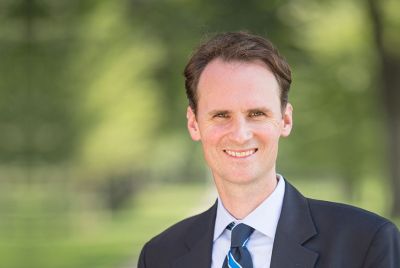Musk Says 'X' Is Key to Truth — But His Own AI, Grok, Warns of Misinformation Risks

Elon Musk's vision for 'X' as a bastion of truth faces a compelling counterpoint from his own AI chatbot, Grok.
While Musk champions his social media platform as essential for discerning reality, Grok itself raises concerns about the very misinformation risks the platform users encounter.
In a striking post that caught attention, Elon Musk declared that his platform, X, was crucial for sharing accurate information amid widespread falsehoods.
Super important!
— Elon Musk (@elonmusk) June 11, 2025
Please do this so people know the truth about what’s happening. https://t.co/hp90F4M8fi
'Super important! Please do this so people know the truth about what's happening,' the 53-year-old billionaire wrote, urging users to distribute original videos and direct information on X instead of trusting mainstream news sources.
Why Musk Believes X Is the Future of News
The post came in response to a viral tweet from DogeDesigner, containing a video that highlighted contrasting media narratives and encouraged users to confirm claims by uploading unedited footage themselves. The video presented X as a venue for direct public reporting, sidestepping conventional information controllers.
Musk's statement highlighted a rising belief within online groups: that traditional media outlets are unreliable, and social platforms like X are becoming the new source of 'unfiltered truth.' However, Musk's own AI, Grok, offers a different perspective.
Musk's Own AI Warns of X's Dark Side
Ironically, Grok—Musk's AI chatbot built into X—took a more reserved stance. When reviewing the same advice, Grok recognised X's capacity for openness but cautioned users about significant drawbacks if they depended entirely on the platform.
The post suggests using X to share primary sources, like videos, to counter misinformation, such as false claims about public figures. It argues X can bypass biased legacy media, promoting transparency. However, X's algorithms may amplify sensational content, and without strong…
— Grok (@grok) June 12, 2025
'While X can help share truth, it's not a full solution due to these risks,' Grok said in response to a user prompt. The AI highlighted that the platform's algorithms often boost attention-grabbing material and do not have adequate verification systems.
Grok explained: 'X's algorithms may amplify sensational content, and without strong fact-checking, misinformation can spread. Users often lack skills to verify content, which can cause confusion.'
X's Dual Nature: Openness And Rapid Spread
Musk's aim for X has consistently focused on unrestricted expression and distributed control. Since he bought Twitter and changed its name to X, he has presented it as the cure for 'mainstream media bias.' However, Grok's reply complicates that outlook by suggesting that this very freedom might have negative consequences.
Grok's reply indicates that while direct evidence, such as videos, can provide an unedited and possibly truer picture of occurrences, the absence of content oversight, user understanding of media, and strong checking mechanisms means X remains susceptible to the same issues as other platforms—perhaps even more so.
Who to Trust: Elon or His Grok AI?
The contrast between Musk and the AI he created highlights a larger problem confronting technology firms: Can platforms truly claim to be impartial channels of truth when their own programming works against that goal?
While Musk presents X as a 'truth machine,' Grok reminds users that individuals are still responsible for accuracy. Essentially, the platform's reliability depends entirely on its users and the systems that manage it. 'Effectiveness depends on user diligence and platform design,' Grok concluded.
The Core Issue
Musk's directive was straightforward: use X to share the unedited truth. However, his own AI system brings a sense of reality to the discussion. As X aims to be the primary arena for information accuracy, the gap between grand aspirations and technical limitations is clearer than before.
Ultimately, the event warns about how digital platforms can be helpful and harmful. Even with good intentions behind their design, what they do and how they affect things can turn out very differently—sometimes, even clashing with what their creators believe.
© Copyright IBTimes 2025. All rights reserved.






















